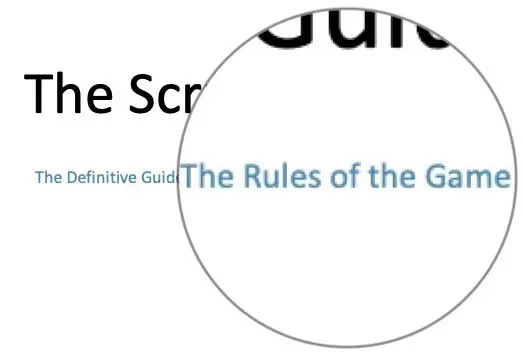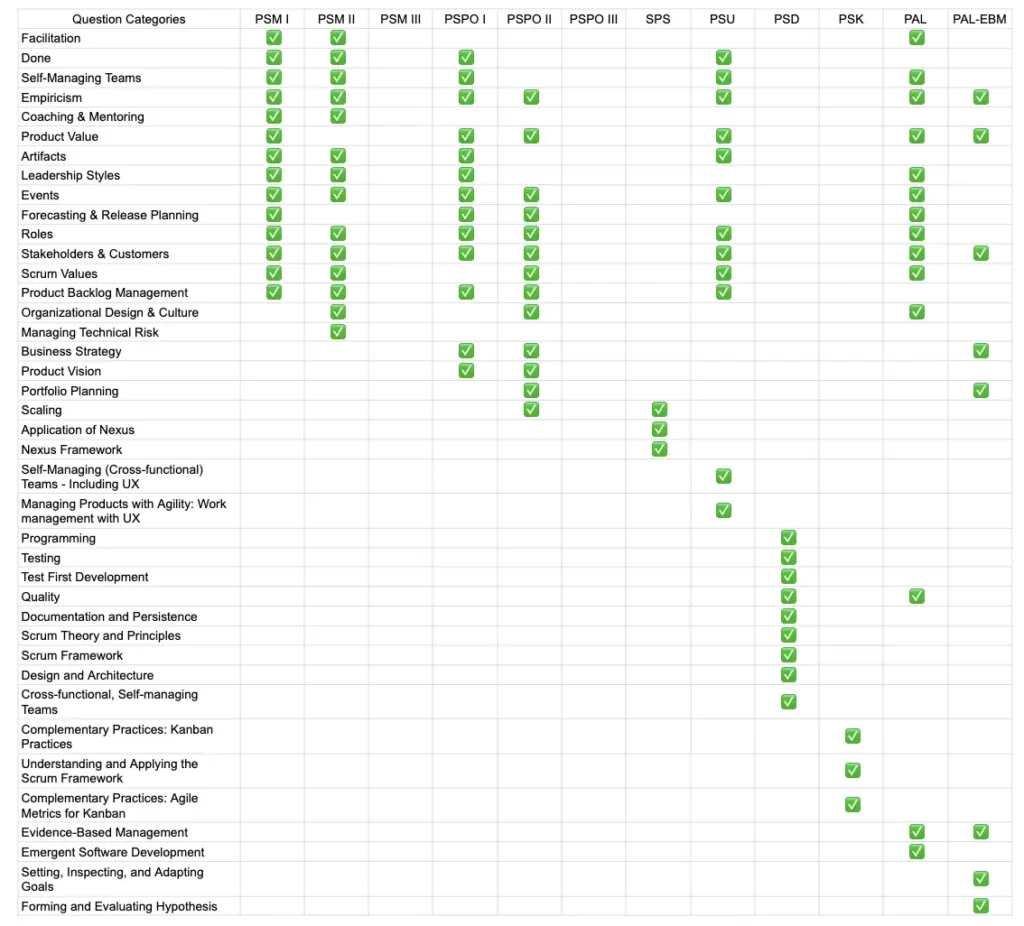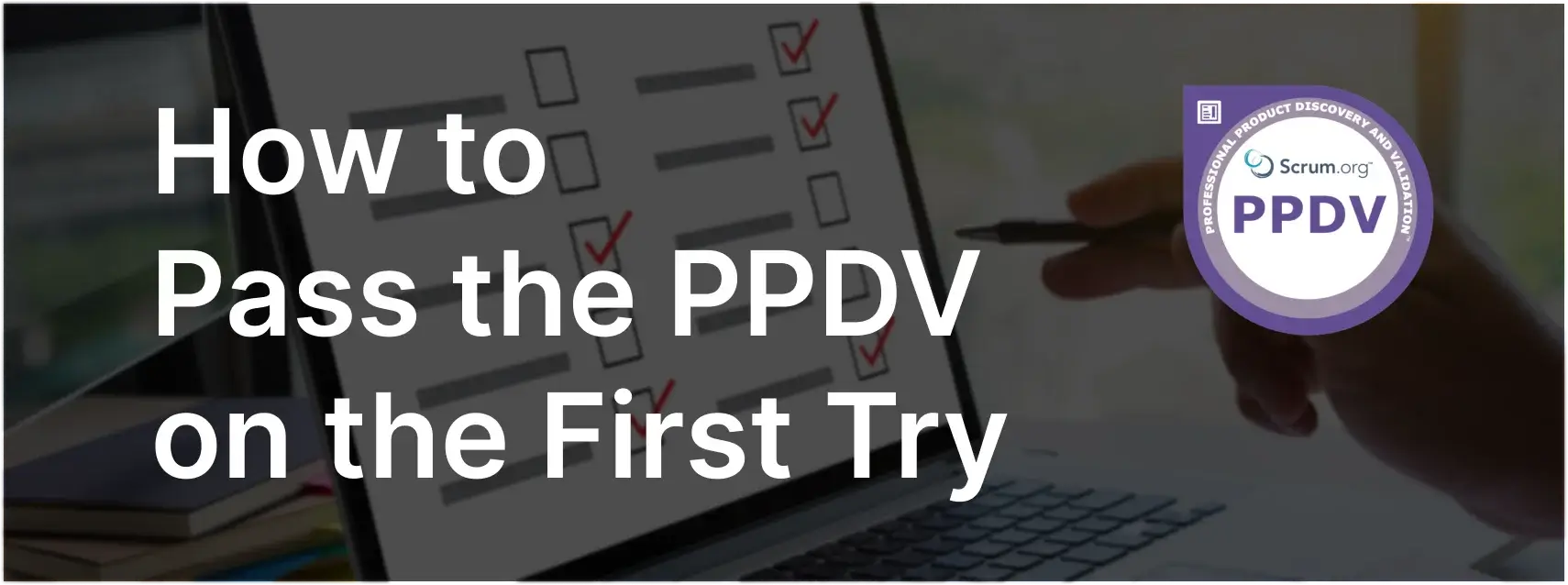The primary value of getting certified is validation of your knowledge and understanding.
The popularity of Scrum has exploded and the number of teams and organizations using Scrum increases exponentially every year. Understanding the fundamentals of Scrum will help getting started much easier.
Knowing the parts and components of Scrum is the easy part. Getting the deeper understanding, which is most crucial to learning, is more difficult as the Scrum Guide leans more towards being a “rule book” rather than an instruction manual.

Trying to apply Scrum solely based on the Scrum Guide would be like expecting the tennis rule book to teach you how to hit a forehand.
The certifications from Scrum.org and Scrum Alliance is a validation that you understand the boundaries of the frameworks, why those boundaries exist, and if you are able to identify when actions are inside or outside those boundaries. The vocabulary, structure, context, and answer options are carefully crafted with specific intent. Questions are not intended to be trick questions nor ambiguous but if you think it is then you’ve discovered a gap in your understanding or knowledge.
Scrum Question Categories

Across all certification exams there are around 40 categories. Some exams will cover up to 14 categories (PSM I) and some will cover only 3 categories (SPS) depending on the exam and the exam level. Some exams will cover a similar category such as Empiricism (PSM I, PSM II, PSPO I, PSPO II, PSU, PAL, and PAL-EBM) and some will have categories unique to the specific exam such as Managing Technical Risk (PSM II).
Types of Scrum Questions
- “Easy” questions. Answers can easily be found in the Scrum Guide and you could probably know the answer before looking through the options. Level I exams will consist of several of these types questions but don’t expect a lot. As you move up levels, the less easy questions there will be.
Example: What are the Scrum Values? Commitment, Focus, Openness, Respect, and Courage.
- Understanding questions. The questions cannot be directly extracted from the Scrum Guide. These questions will test your interpretation of different components of the Scrum Guide and the relationship with principles, concepts, and theories.
Example: Why should the Daily Scrum be held at the same place and same time each day? Simplicity reduces complexity.
- Challenging questions. These questions can range from understanding concepts outside of the Scrum Guide to specific tools or practices that support agility. Ie burndown charts, points, technical debt, Cynefin, “cone of uncertainty”, etc. Although, not required it is helpful to have real world exposure to different tools and practices.
Example: What is the immediate impact on the original team if a new team is added to work on the same product? Its productivity is likely to decrease (Tuckman’s Model of Group Dynamics).
- Situational questions. These questions will ask you how you would respond to or interpret certain situations. These use cases are situations or anti-patterns that typically occur in the real world. As you move up exam levels, the more you will see these questions.
Example: Someone outside of the Scrum Team has asked the Developers to add a new feature to the current Sprint. What would be the most appropriate response from the Developers? Inform the PO and let him/her work with the person.
Multiple Choice/Multiple Response — Choosing the Best Answer(s)
We all know there are questions where the answers are either right or wrong but there will be some questions where all answers can valid but you cannot select all. It’s important to know that all questions are asking you to select the best answer rather than the right answer. Rather than spending time looking for the wrong answers (process of elimination), you should be comparing the answers relative to each other and selecting only the top one(s).
Example: What is the time-box of Sprint Planning for a three week Sprint?

Explanation: The Scrum Guide only defines the maximum time-boxes for the events. The Scrum Teams are the best ones to decide the most effective lengths of their events (within the max), thus, all answers are valid but C) would be the best of the choices.
“True or False:”
Overthinking True/False questions can create more difficulties than need be. be more difficult than they need to be. The best approach is to only think about whether the given statement is true or not rather than if the opposite is true or not. It’s also important to know the difference between modal verbs such as should, can, could, might, must, etc.
True: When multiple Scrum Teams are working on the same product, each team can have their own Definition of Done.
Explanation: Each team can have their own Definition of Done as long as it is transparent and everyone agrees on a minimum standard such that they can integrate their work and deliver a shippable Increment.
False: When multiple Scrum Teams are working on the same product, each team should have their own Definition of Done.
Explanation: Whether each team has their own individual Definition of Done or a single shared one depends on the teams on their context so we cannot say all teams should have one Definition of Done or many.
Using reference material during the exam
The exams are open book and you may use reference materials to help you answer questions.

However, because of the limited time-box you will need to manage your time wisely. Having the Scrum Guide and other resources open and ready is helpful but don’t spend too much time on a single question. If you’re stuck on a question for longer than a minute then take a best guess, note down the question number, move on, and come back if you still have time. I would also suggest to prioritize questions you want to review just in case your list gets too large.
Conclusion
The combination of minimum passing score (85%), number of questions, and time limits were specifically chosen to test you on what you know and how well you know it rather than how well you can find answers. Trying to wing it without proper preparation will likely not end well. The combination of learning the material and also understanding the structure of the exam and questions will get you several steps closer to passing your certification exam.






